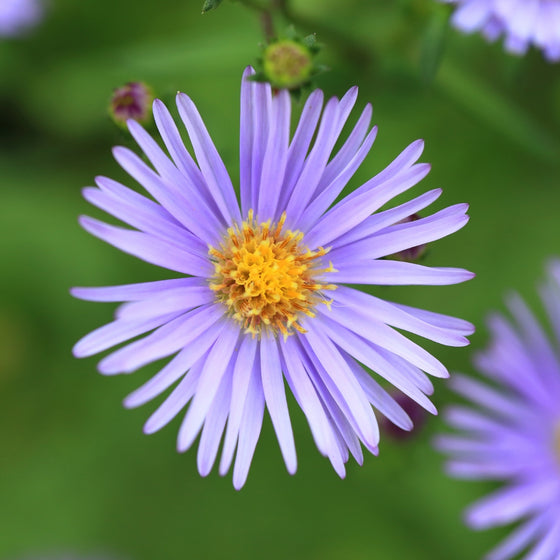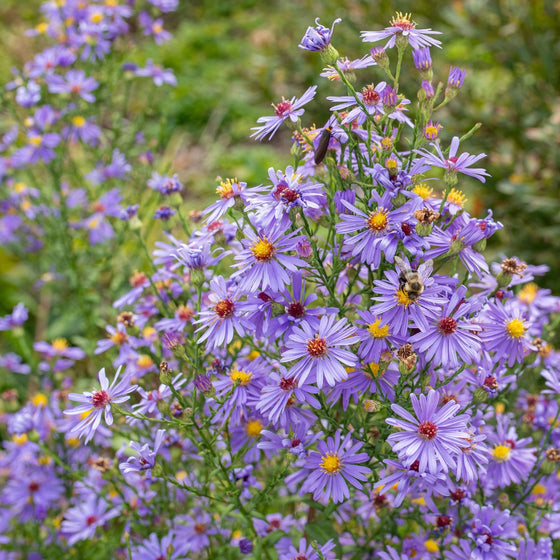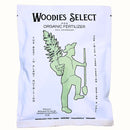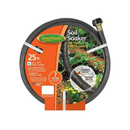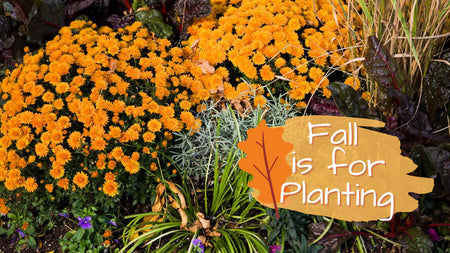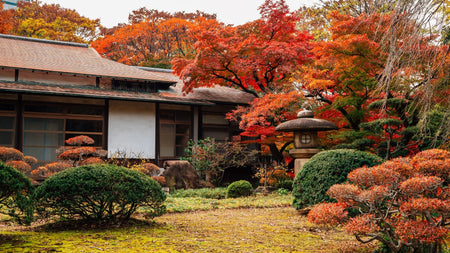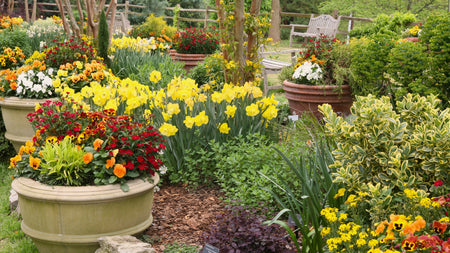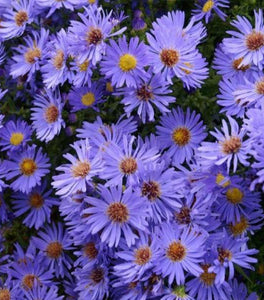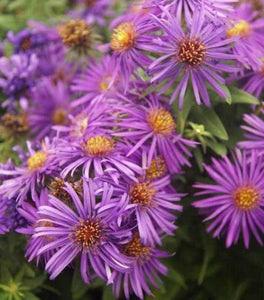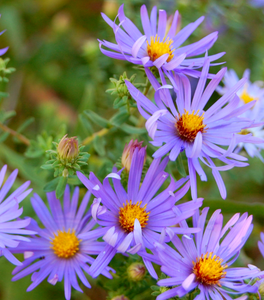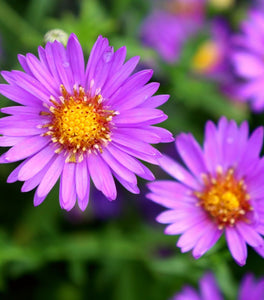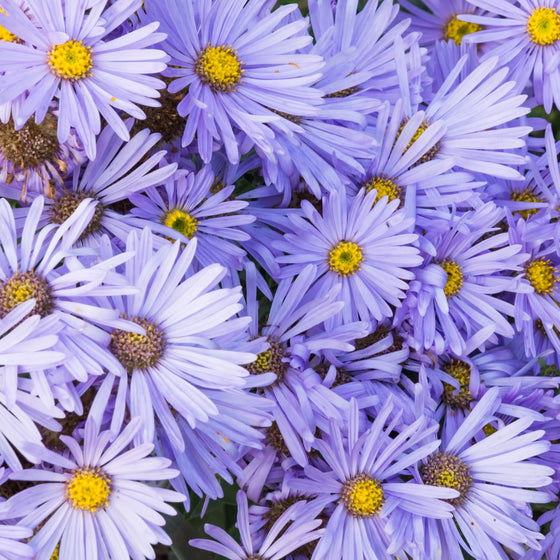
Images Depict Mature Plants
Aster ‘Bluebird’ – Vibrant Native Blue Aster for Late-Season Color
A vibrant burst of blue when your garden needs it most.
The Aster ‘Bluebird’ (Symphyotrichum laeve ‘Bluebird’) is a showstopping perennial that comes alive when most summer flowers fade. This native smooth aster blooms from late summer through fall, covering its sturdy stems with hundreds of lavender-blue daisy-like flowers that attract butterflies, bees, and hummingbirds. It’s a must-have for gardeners who want to extend color and pollinator activity well into autumn.
Tough, adaptable, and easy to grow.
‘Bluebird’ is prized for its drought tolerance, deer resistance, and low-maintenance nature. Once established, it thrives in average to dry soils and full sun, forming an upright clump that reaches 3 to 4 feet tall. This hardy perennial is ideal for USDA Zones 3–8, making it a reliable performer across much of the country. Its smooth, blue-green foliage remains attractive throughout the growing season, even before the blooms appear.
Perfect for pollinator gardens and fall borders.
Plant ‘Bluebird’ in masses, borders, or wildflower meadows for a dazzling display of late-season color. It’s an excellent companion to other native perennials, such as Rudbeckia, Echinacea, and Solidago (Goldenrod), all of which share its love of sun and well-drained soil. Whether used as a naturalized groundcover or a focal plant in a mixed border, this native blue aster provides unmatched color and ecological value.
A native favorite for sustainable landscapes.
As a true North American native perennial, Aster ‘Bluebird’ plays a vital role in supporting pollinators and beneficial insects. It’s also resistant to browsing deer and rabbits, making it an excellent choice for low-maintenance landscapes. Year after year, it rewards gardeners with dependable color, long bloom time, and unmatched resilience—proof that native plants can be both beautiful and hardy.
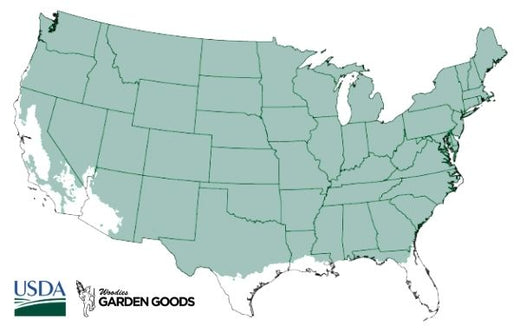
| Hardiness Zone: | 3-8 |
|---|---|
| Mature Height: | 3 to 4 feet |
| Mature Width: | 2 to 3 feet |
| Classification: | Flowering Perennial |
| Sunlight: | Full Sun to light shade |
| Habit: | Upright, clump forming |
| Flower Color: | Pale Blue |
| Flowering Season: | Mid Fall to late fall |
| Foliage: | Green-gray, sweetly scented |
| Soil Condition: | Prefers dry, average to slightly moist soil, wont tolerate wet soil in winter |
| Water Requirements: | Water well until established. |
| Uses: | Extremely attractive when used as a focal point in the mixed border, mass planting. Attracts pollinators. |
How to Care for Aster Bluebird
Before you buy a Aster Bluebird Plant, make sure to read about the recommended care instructions to keep this plant healthy and thriving.
How do I plant Aster ‘Bluebird’?
Plant Aster ‘Bluebird’ in full sun and well-drained soil for best results. Space plants about 18 to 24 inches apart to allow air circulation and room for mature growth. Dig a hole twice the width of the root ball, position the plant at soil level, and backfill with nutrient-rich soil. Water thoroughly after planting and apply a 2–3 inch mulch layer to retain moisture and suppress weeds. Aster ‘Bluebird’ establishes quickly—once rooted, it becomes drought-tolerant and incredibly easy to maintain.
How often should I water Aster ‘Bluebird’?
Water regularly during the first growing season to help the roots establish. Once mature, ‘Bluebird’ only needs occasional deep watering during dry spells. Avoid overwatering, as asters prefer soil that is evenly moist but not soggy. A layer of mulch helps the soil stay cool and retain moisture through summer heat, which promotes healthier growth and extended blooming.
When and how should I fertilize Aster ‘Bluebird’?
Feed in early spring with a balanced, slow-release fertilizer (10-10-10) to encourage strong stems and abundant blooms. Avoid excessive nitrogen, which can lead to lush foliage but fewer flowers. In lean soils, compost or organic amendments can also provide gentle nutrition while improving soil structure and moisture retention.

Should I prune or cut back Aster ‘Bluebird’?
To maintain shape and prevent flopping, pinch or cut back the stems by one-third in early summer before flowering begins. This encourages bushier growth and more blooms. After flowering ends in late fall, you can cut the plant back to a few inches above ground level or leave the seed heads for birds and winter interest.

